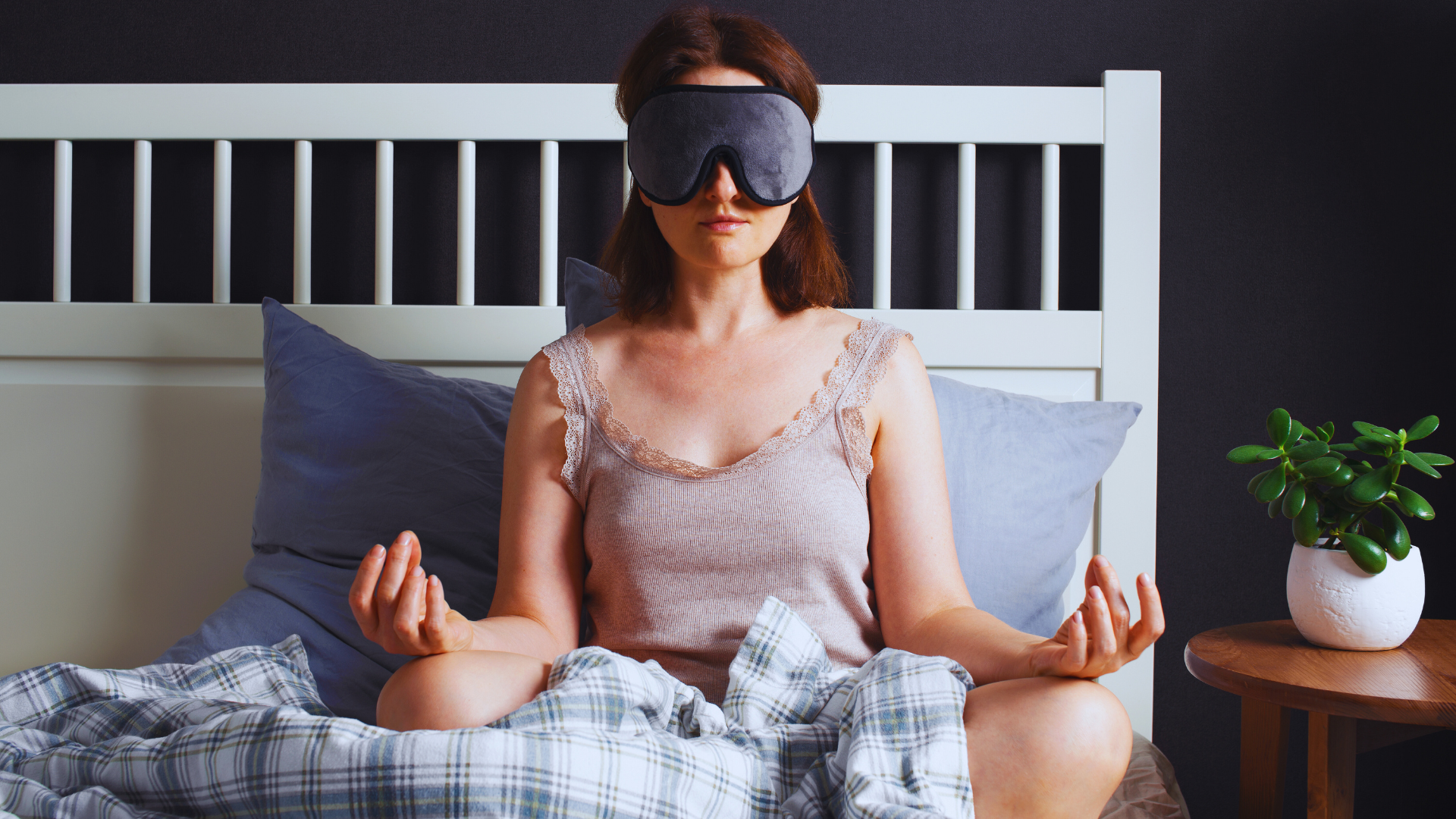A good night’s sleep starts long before the head hits the pillow. Many individuals struggle with quality sleep due to stress and anxiety accumulated throughout the day. Implementing effective relaxation techniques can significantly enhance sleep quality and promote better mental health.
Creating a calming bedtime routine is essential. This can include activities such as reading, practising mindfulness, or gentle stretching. Engaging in these practices helps to signal the body that it’s time to wind down, making it easier to transition into restful sleep.
Incorporating these habits not only improves your sleep but also contributes to overall mental well-being. By prioritising relaxation before bed, individuals can manage stress more effectively and cultivate a sense of tranquillity that lasts well beyond the night.
Creating a Calming Bedtime Routine
A well-structured bedtime routine can significantly enhance sleep quality. By establishing consistency, incorporating relaxation techniques, and avoiding stimulants, individuals can optimise their nightly rest.
Establishing a Regular Schedule
Establishing a consistent sleep schedule plays a crucial role in improving sleep hygiene. Going to bed and waking up at the same time each day helps you to regulate the body’s internal clock. This consistency enables the body to anticipate sleep and wakefulness, which can lead to more restful nights.
To implement this, individuals should select a bedtime that allows for adequate sleep duration. For adults, this is typically between 7 to 9 hours. Setting an alarm for bedtime, just as one would for morning wake-up, can serve as a helpful reminder.
Including Relaxation Practices
Incorporating relaxation practices into the pre-sleep routine can help the mind and body unwind. Activities such as reading, gentle stretching, or practising mindfulness can significantly reduce stress levels. Establishing a calming ritual signals to the body that it is time to rest.
Popular techniques include deep breathing exercises, progressive muscle relaxation, or meditation. Even a warm bath or shower can facilitate muscle relaxation and decrease body temperature, signalling that it is time to sleep. Aim for 30 to 60 minutes of these calming activities before bedtime.
Avoiding Stimulants and Distractions
Avoiding stimulants and distractions in the hours leading up to sleep is vital for a calming bedtime routine. Substances such as caffeine, nicotine, and alcohol can disrupt sleep quality. It is advisable to limit your caffeine intake after late afternoon and to abstain from nicotine close to bedtime.
Distractions like television and smartphones also interfere with the winding-down process. The blue light emitted from screens can inhibit the production of melatonin, a hormone crucial for sleep. It is best to create a technology-free zone in the hour before bed to enhance relaxation.
Engaging in Relaxing Activities Before Bed
Incorporating calming activities into a nightly routine can significantly enhance your relaxation and pave the way for improved sleep quality. Mindfulness practices, gentle exercises, and absorbing reading materials can help create a peaceful end to the day.
Mindfulness and Meditation
Mindfulness and meditation are effective tools for promoting relaxation before sleep. Techniques such as mindfulness meditation focus on being present in the moment, which helps to alleviate stress and anxiety from the day. One can start with a guided meditation session, listening to calming instructions that direct attention to breathing and inner peace.
The practice may involve simple breathing exercises, where one inhales deeply and exhales slowly, allowing thoughts to drift away. Engaging in this practice for just 10-20 minutes can lead to a more tranquil mind, making it easier to drift into sleep. Various apps and online platforms offer resources tailored for pre-sleep meditation, making it accessible to anyone.
Reading and Listening to Calming Music
Reading a book or listening to calming music can create a serene atmosphere that aids relaxation. She may choose a light novel or poetry, which provides an enjoyable escape without intense engagement. Opting for genres like classical music or nature sounds can further enhance the calming effect.
Creating a bedtime playlist filled with soothing melodies encourages winding down. Keeping the screen away is essential; this can prevent blue light exposure, which interferes with sleep quality. A dedicated reading nook can also add to the experience, transforming the nightly routine into a comforting ritual that signals bedtime.
Practising Gentle Yoga or Stretching
Gentle yoga or stretching routines play a significant role in alleviating tension and preparing the body for sleep. Movements can be slow and deliberate, focusing on meditative movement that fosters relaxation. Poses like a child’s pose or legs up the wall encourage deep breathing and help ease muscle tightness.
Incorporating a few minutes of gentle stretching before your bed allows for mental and physical unwinding. It can enhance flexibility while promoting blood flow, which is beneficial for relaxation. Using a yoga mat and calming scents, such as lavender, can enhance the overall experience.
Optimising Sleep Environment
Creating the right sleep environment is essential for achieving restful sleep. Two critical aspects to focus on are adjusting light and temperature and minimising noise while maximising comfort. Beyond this, it’s also key that your bed is right for you.
Consider replacing it if you’ve had it a long time, or if it is lumpy and doesn’t support your body weight properly. If you’ve got a bed on the smaller size, consider browsing king mattresses to give yourself ample space to fall asleep in.
Adjusting Light and Temperature
Light plays a significant role in regulating sleep patterns. To optimise a sleep environment, it is beneficial to make a room as dark as possible. Heavier curtains or blackout blinds can effectively block out external light sources.
Temperature regulation is equally important. A cool room, typically between 16 C and 20 C (60 F to 68 F), is ideal for promoting sleep. Heaters or air conditioning units can help achieve the desired temperature.
If your cooling system isn’t performing well, it might be worth calling in professional Albany air conditioning repair services (provided that’s where you reside). Their professional support can ensure your unit runs efficiently, keeping your space comfortably cool at night. Using breathable bedding can also assist in maintaining comfort throughout the night, ensuring the body does not overheat.
Minimising Noise and Maximising Comfort
Minimising noise contributes to a more serene sleep environment. White noise machines or soft background sounds can mask disruptive noises. If you prefer silence, earplugs are a practical option.
Moreover, maximising comfort starts with choosing the right beds with mattresses that support your preferred sleeping position and overall sleep quality. Pair them with pillows that promote proper alignment. Additionally, keeping the bedroom tidy and free from clutter can enhance your sense of calm, making it easier to unwind and relax before bed.
Physical Techniques for Easing Tension
Tension and worry can significantly disrupt relaxation before sleep. Implementing specific physical techniques can help ease these feelings, promoting a deeper rest.
Breathing Exercises and Progressive Muscle Relaxation
Deep breathing techniques, such as the 4-7-8 breathing method, can effectively reduce tension. This technique involves inhaling for four seconds, holding the breath for seven seconds, and exhaling for eight seconds. Regular practice can lower heart rate and induce a calming effect.
Progressive muscle relaxation complements breathing exercises. This involves systematically tensing and then relaxing each muscle group, starting from the toes and moving upward. By focusing on the sensations of stress and relaxation, you can enhance your awareness of physical tension. A simple body scan can further aid this process, encouraging mindfulness and deep rest.
Warm Bath or Shower Before Bed
Taking a warm bath or shower can help your body get ready for a good night’s sleep. The warmth helps your muscles relax, easing away the tension and aches you’ve collected throughout the day. It also boosts your blood circulation, which helps release any tightness in your muscles.
Try sitting in the bathtub for 15-20 minutes with warm water before sleeping, maybe while reading your favorite book or listening to some calming music. Do not forget to add a few drops of lavender or blue lotus oil to the water, which can soothe both your body and mind. To make the experience even more relaxing, include a fragrant bath bomb for a lovely scent and that relaxing, spa-like atmosphere.
For optimal effects, it is advised to take a bath or shower about one to two hours before bedtime. This timing allows the body to cool down gradually afterwards, which signals to the brain that it is time to prepare for sleep.
Tai Chi and Focused Movement
Tai Chi offers gentle, flowing movements that reduce your worry and tension. This practice encourages mindfulness and awareness of body mechanics, helping individuals become attuned to their body and breath. Focusing on movement can divert attention from stressors, cultivating a serene mental state.
Incorporating focused breathing during Tai Chi enhances its benefits. By coordinating breath with movement, a sense of calm can prevail. Sessions often last 20 to 30 minutes, making it an accessible option if you are looking to improve your relaxation routine before bed.

